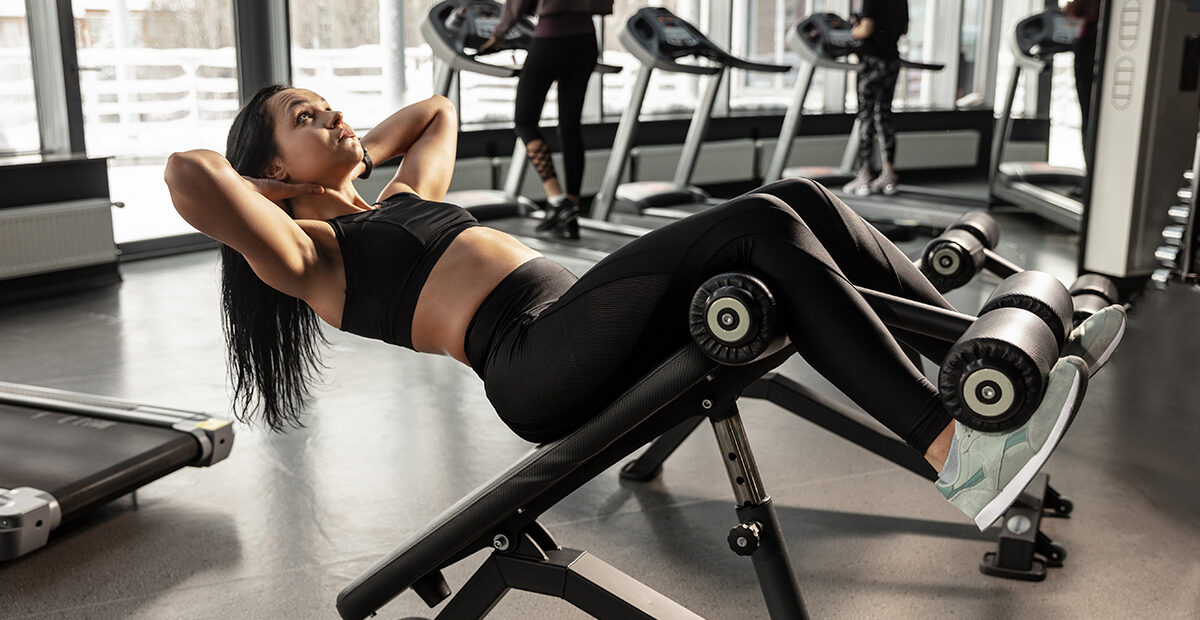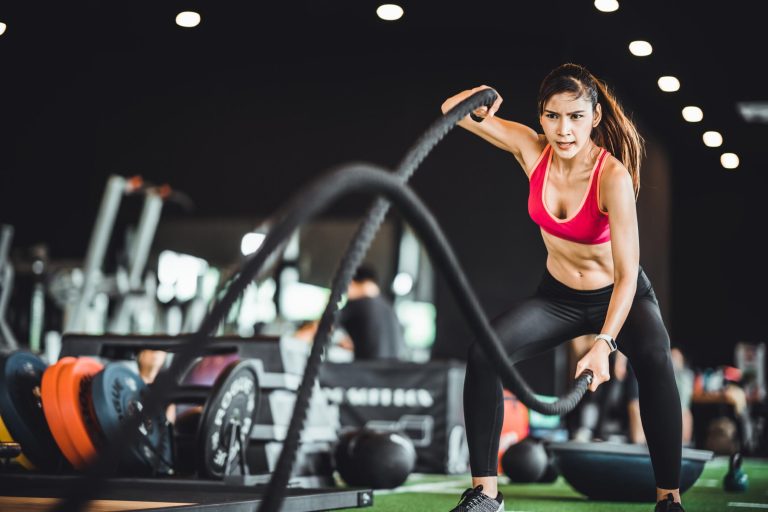The Importance of Fitness for the Elderly: Staying Active for a Healthier, Longer Life
As we age, maintaining our physical health becomes more important than ever. The reality of aging means our bodies undergo various changes—muscle mass decreases, bones become more fragile, and mobility can decline. However, these natural changes don’t have to mean a decline in quality of life. Regular fitness and physical activity can play a significant role in preserving and even improving health in our later years.
The benefits of fitness for the elderly are far-reaching. From preventing chronic illnesses to improving mental health, staying active is one of the most important things seniors can do to ensure they lead a long, fulfilling, and independent life. Let’s explore the specific ways in which fitness can positively impact elderly individuals and why it should be a priority in older adulthood.
1. Physical Health: Enhancing Mobility, Strength, and Balance
As we age, physical changes can lead to decreased muscle mass, bone density, and flexibility. These changes can increase the risk of falls, injuries, and other health complications. However, regular physical activity can counteract these effects and keep the body strong and capable of handling daily tasks.
Maintaining Muscle Strength and Flexibility
Strength training, such as lifting light weights or doing bodyweight exercises, helps maintain and even build muscle mass. Muscle loss is a natural part of aging, but without exercise, it accelerates, leading to frailty and decreased mobility. By regularly engaging in strength training exercises, seniors can preserve muscle mass, improve posture, and increase overall strength, making it easier to carry groceries, climb stairs, or get up from a seated position.
Incorporating stretching exercises into the routine also helps maintain flexibility. Stretching can reduce stiffness in joints and muscles, improving overall mobility and reducing the risk of injuries. Practices like yoga or Pilates, which focus on flexibility and gentle strength-building, are also great for older adults to enhance both muscle function and flexibility.
Improving Balance and Preventing Falls
Falls are one of the leading causes of injury in the elderly. However, balance and coordination can be improved through exercises specifically designed to enhance stability. Activities such as Tai Chi, yoga, and balance exercises on a stability ball help strengthen the core and improve posture, making it less likely that an elderly person will experience a fall.
Additionally, better balance allows seniors to maintain independence, as they can navigate stairs, uneven terrain, or simply walk with greater confidence. Strengthening the muscles that support the joints, particularly in the legs and lower body, is key to preventing falls and improving overall functional ability.
Bone Health and Joint Mobility
Regular exercise is essential for maintaining healthy bones, especially as bone density naturally declines with age. Weight-bearing exercises, such as walking, light jogging, or resistance training, stimulate bone growth and help prevent osteoporosis. Stronger bones mean less risk of fractures or breaks in the event of a fall.
Joint health is also supported by regular movement. Low-impact exercises like swimming or cycling are gentle on the joints while providing cardiovascular benefits. These activities promote healthy blood flow to the joints, helping to reduce stiffness and pain, particularly in those suffering from arthritis or other joint-related conditions.
2. Chronic Disease Prevention and Management
Fitness plays a critical role in preventing and managing a wide range of chronic diseases that commonly affect older adults. Staying active can help manage existing conditions and significantly reduce the risk of developing new ones.
Cardiovascular Health
Heart disease is one of the leading causes of death for older adults. Regular exercise can help lower blood pressure, reduce cholesterol levels, and improve circulation. Aerobic exercises like walking, swimming, or cycling can strengthen the heart and reduce the risk of heart attacks and strokes. Even a moderate level of physical activity can have a significant impact on cardiovascular health.
Additionally, exercise helps to regulate blood sugar levels, which is crucial for managing diabetes. For seniors with Type 2 diabetes, physical activity can improve insulin sensitivity and help with weight management, reducing the need for medication or insulin.
Weight Management
As metabolism slows with age, it becomes easier to gain weight. Maintaining a healthy weight is vital for reducing the risk of a range of health issues, including high blood pressure, heart disease, diabetes, and joint pain. Exercise, combined with a balanced diet, helps older adults regulate their weight and maintain a healthy body composition.
Strength training, cardio, and flexibility exercises all contribute to weight management by increasing muscle mass and metabolism, which in turn makes it easier for the body to burn calories.
Arthritis Relief
Many older adults suffer from arthritis or other joint issues. While it might seem counterintuitive, movement is one of the best ways to alleviate the pain associated with these conditions. Low-impact exercises help reduce joint stiffness and increase the range of motion. For example, swimming allows individuals to work their muscles without putting pressure on the joints, while gentle stretches can help keep joints supple and reduce inflammation.
Exercise also promotes the release of endorphins, the body’s natural painkillers, which can alleviate chronic pain and improve overall well-being.
3. Mental Health and Cognitive Function
In addition to the physical benefits, exercise has a profound impact on mental health, which is particularly important for seniors. Staying active can significantly reduce the risk of depression, anxiety, and cognitive decline.
Boosting Mood and Reducing Depression
Depression is a common mental health issue among older adults, particularly those who live alone or have experienced the loss of loved ones. Exercise has been shown to be as effective as antidepressants for many individuals. When you exercise, your brain releases endorphins, which help improve mood and reduce feelings of sadness or anxiety.
Incorporating physical activity into daily life can also help older adults feel a sense of accomplishment, increase self-esteem, and promote a greater sense of well-being. Whether it’s completing a walk around the neighborhood or attending a fitness class, exercise provides a natural mood boost.
Improving Cognitive Health
Regular physical activity has been linked to a lower risk of cognitive decline, including conditions such as Alzheimer’s disease and other forms of dementia. Exercise increases blood flow to the brain, which helps improve memory, focus, and mental clarity.
In fact, some studies suggest that older adults who remain physically active may experience a slower rate of cognitive decline and may even improve their ability to recall memories. Engaging in activities like walking, dancing, or learning a new exercise routine also helps keep the brain sharp and active.
Enhancing Sleep Quality
Sleep problems, such as insomnia, become more common with age, but exercise can help improve the quality of sleep. Regular physical activity promotes relaxation, reduces anxiety, and prepares the body for restorative sleep. Quality sleep is essential for both mental and physical health, and it is crucial for overall well-being.
4. Social Interaction and Community Engagement
Physical activity can also provide valuable opportunities for social interaction, which is important for emotional health, particularly in older adults. Social isolation can lead to depression and other mental health issues, but joining fitness classes, walking groups, or participating in community events can help combat loneliness.
Group Exercise and Social Bonding
Many fitness programs designed for seniors, such as water aerobics, walking clubs, or chair yoga classes, are not just great for physical health—they also provide a sense of community. Exercising with others offers emotional support, motivation, and the chance to make new friends.
Social interaction during exercise can help foster a sense of belonging, reduce feelings of loneliness, and improve overall emotional well-being. These connections can provide the encouragement necessary to stay committed to a regular fitness routine.
5. Enhancing Longevity and Quality of Life
Ultimately, fitness is a key factor in increasing both the lifespan and the quality of life for seniors. Staying active helps to preserve independence, maintain cognitive function, and ensure that seniors can continue to enjoy a fulfilling, active lifestyle for many years.
By investing in regular physical activity, seniors not only improve their chances of living longer, but they also improve their ability to do the things they love—whether that’s gardening, playing with grandchildren, or traveling.
Conclusion: Fitness Is the Key to a Healthy, Independent Future
For the elderly, fitness is a powerful tool that improves physical health, mental well-being, and quality of life. Regular physical activity helps maintain independence, reduces the risk of chronic disease, and can even improve cognitive function and emotional health. Whether it’s walking, swimming, strength training, or taking a yoga class, staying active is one of the most important things older adults can do for themselves.
If you’re an older adult, it’s never too late to start incorporating exercise into your routine. Consult with your healthcare provider to develop a safe and effective fitness plan tailored to your needs. The benefits of fitness are life-changing—and it’s never too late to begin living your healthiest, happiest life.


